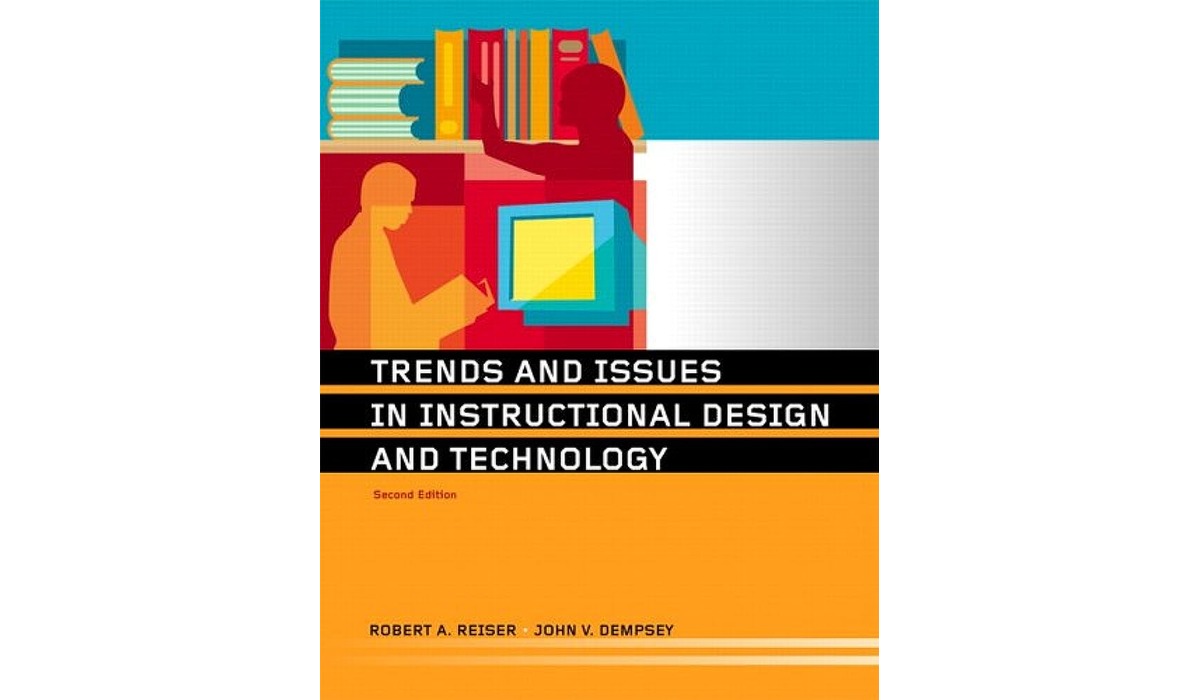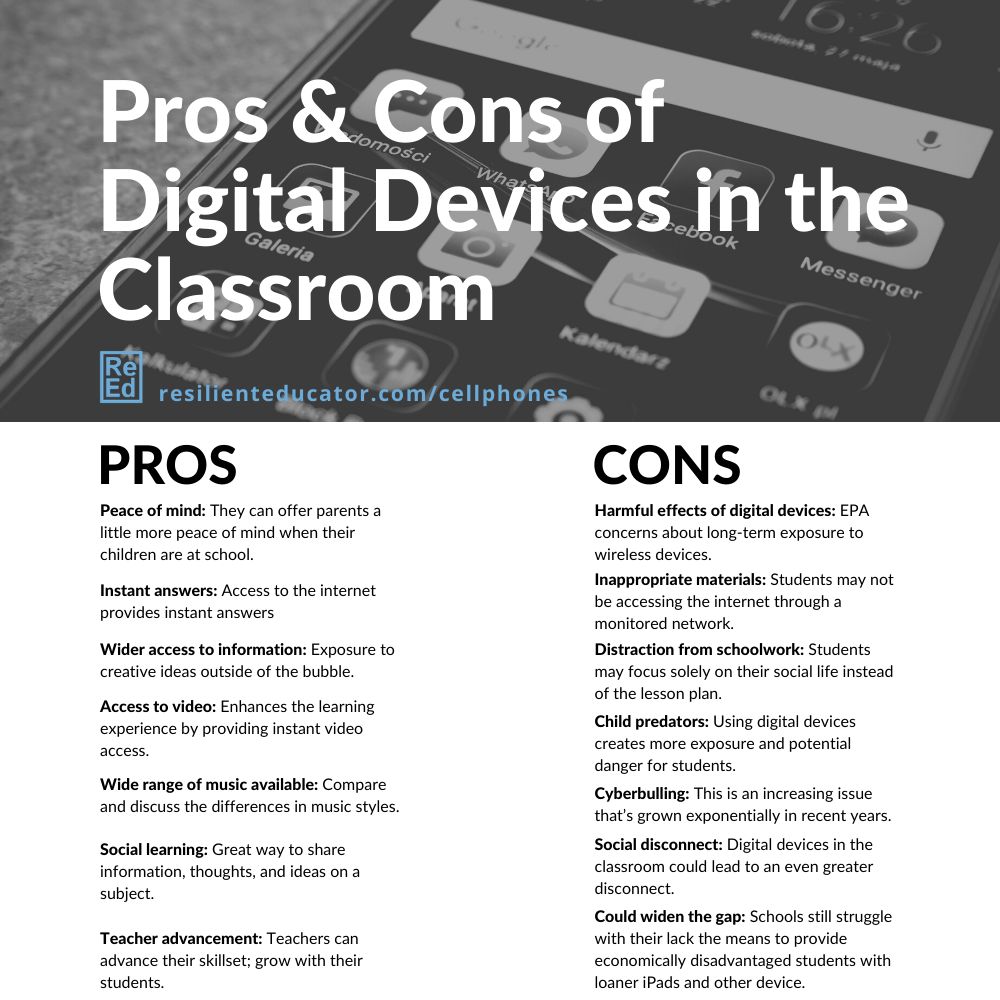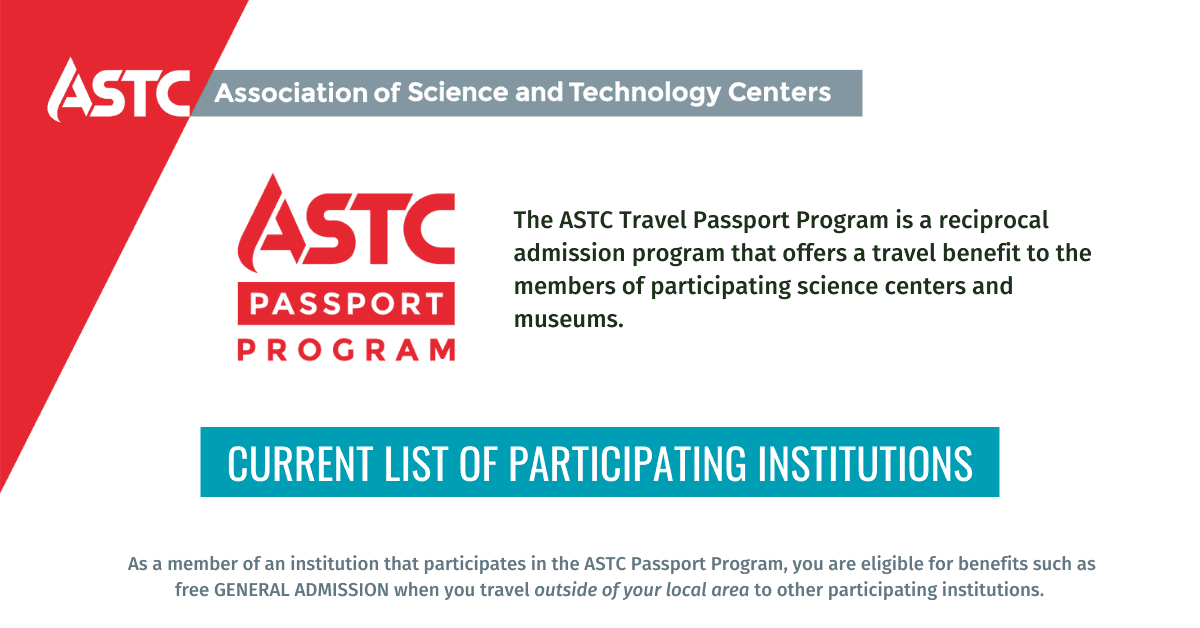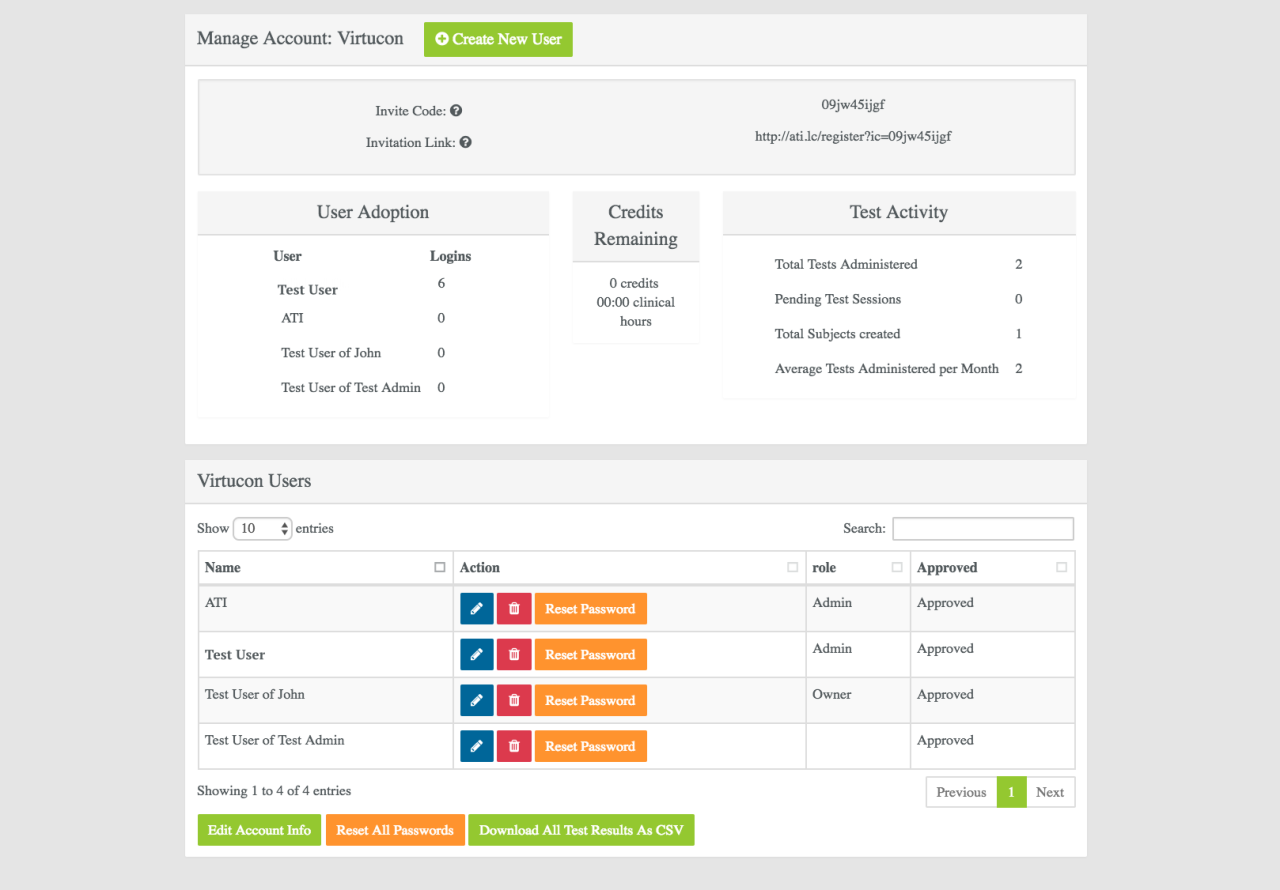Trends and Issues in Instructional Design & Technology
Trends and issues in instructional design and technology are shaping the future of education, driving innovation and redefining how we learn. This dynamic field is constantly evolving, fueled by advancements […]
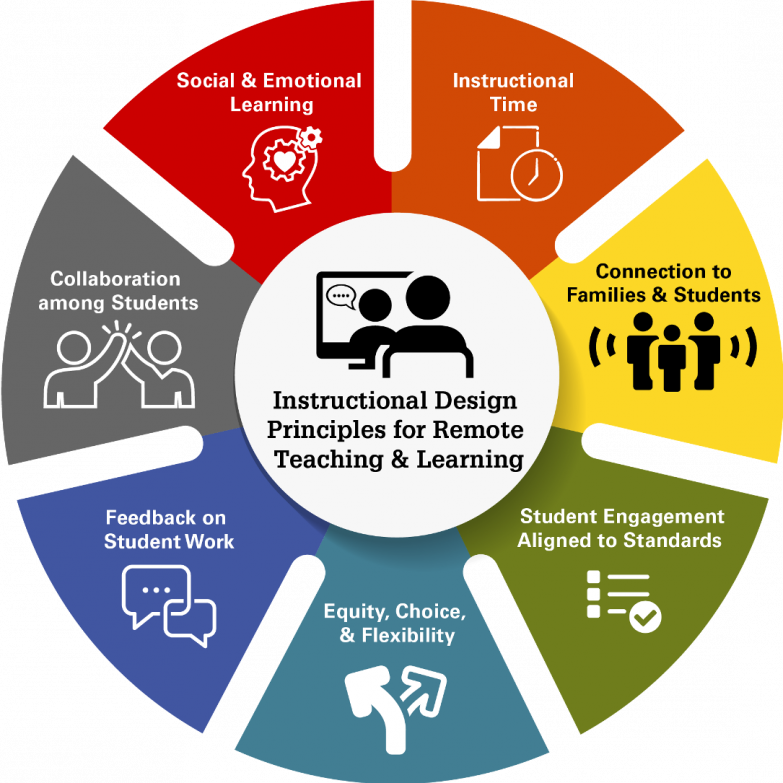
Trends and issues in instructional design and technology are shaping the future of education, driving innovation and redefining how we learn. This dynamic field is constantly evolving, fueled by advancements in technology, shifting learning paradigms, and a growing emphasis on personalized and accessible education.
From the impact of artificial intelligence (AI) on personalized learning experiences to the rise of virtual reality (VR) and augmented reality (AR) in creating immersive learning environments, this exploration delves into the key trends and challenges shaping the landscape of instructional design and technology.
Emerging Technologies in Instructional Design
The landscape of education is rapidly evolving, with emerging technologies playing a pivotal role in transforming the way we learn and teach. These technologies are not merely tools but powerful catalysts for creating personalized, immersive, and engaging learning experiences.
Artificial Intelligence and Personalized Learning
Artificial intelligence (AI) is revolutionizing personalized learning by providing tailored instruction based on individual student needs and learning styles. AI-powered systems can analyze student data, identify learning gaps, and recommend personalized learning paths. For example, adaptive learning platforms use AI algorithms to adjust the difficulty level of exercises and provide targeted feedback, ensuring that students are challenged and supported at their individual pace. AI can also personalize learning content by recommending relevant resources, such as videos, articles, and interactive simulations, based on a student’s interests and prior knowledge. This personalized approach fosters deeper understanding and improves learning outcomes.
Virtual and Augmented Reality in Immersive Learning
Virtual reality (VR) and augmented reality (AR) are transforming learning by creating immersive and interactive experiences that engage students on a deeper level. VR allows students to step into virtual environments, such as historical settings or scientific laboratories, providing firsthand experiences that are impossible or impractical in traditional classrooms. For instance, students can explore the human body in a VR anatomy lab or visit ancient ruins in virtual reality. AR overlays digital information onto the real world, enriching the learning experience by adding interactive elements to real-world objects. Students can use AR apps to visualize complex concepts, such as the solar system or the human circulatory system, or to interact with virtual objects in their physical environment.
Blockchain Technology for Educational Credentials and Data Security
Blockchain technology offers a secure and transparent way to manage educational credentials and protect student data. Blockchain is a decentralized and immutable ledger that records transactions in a secure and transparent manner. This technology can be used to create tamper-proof records of student achievements, making it easier for institutions and employers to verify credentials. Additionally, blockchain can enhance data security by providing a secure platform for storing and managing sensitive student information. The decentralized nature of blockchain reduces the risk of data breaches and ensures data integrity.
Personalized Learning and Adaptive Technologies
Personalized learning, powered by adaptive technologies, is transforming the learning landscape. Adaptive learning platforms tailor learning experiences to individual student needs, offering a dynamic and engaging approach to education. This section explores the design of adaptive learning paths, compares different personalized learning strategies, and delves into the use of data analytics for personalized learning and assessment.
Designing Adaptive Learning Paths
Adaptive learning platforms utilize sophisticated algorithms and data analysis to create personalized learning paths. These platforms track student performance, identify strengths and weaknesses, and adjust the learning content and pace accordingly.
- Content Selection: Adaptive platforms offer a range of learning materials, including videos, interactive exercises, and assessments. Based on student performance, the platform dynamically selects the most appropriate content to support individual learning needs.
- Learning Pace: Adaptive learning allows students to progress at their own pace, providing additional support for struggling students and accelerating learning for those who grasp concepts quickly.
- Personalized Feedback: Adaptive platforms provide immediate feedback on student performance, highlighting areas for improvement and offering tailored suggestions for further learning.
Designing adaptive learning paths involves several key considerations:
- Learning Objectives: Clearly defined learning objectives guide the selection of appropriate content and assessment methods.
- Assessment Strategies: Adaptive platforms use a variety of assessment methods, including formative and summative assessments, to track student progress and identify areas for improvement.
- Data Analysis: Data collected through assessments and student interactions is analyzed to identify patterns and trends, informing adjustments to the learning path.
Comparing Personalized Learning Strategies
Personalized learning encompasses a range of strategies that cater to individual student needs. Different strategies vary in their implementation and effectiveness.
- Differentiated Instruction: This approach involves tailoring instruction to meet the diverse learning needs of students within a single classroom. Teachers may use a variety of teaching methods, learning materials, and assessments to address individual learning styles and abilities.
- Learning Styles: Personalized learning often takes into account individual learning styles, such as visual, auditory, or kinesthetic learners. This allows students to learn in ways that best suit their preferences.
- Mastery Learning: This strategy focuses on ensuring that students achieve a high level of understanding before moving on to new material. Students may receive additional support or move at a faster pace depending on their individual mastery of concepts.
- Project-Based Learning: This approach encourages students to engage in real-world projects that align with their interests and learning goals. Students work collaboratively, develop critical thinking skills, and apply their knowledge to practical situations.
The effectiveness of personalized learning strategies depends on several factors, including the specific needs of students, the quality of the learning materials, and the expertise of the teachers or facilitators.
Data Analytics for Personalized Learning and Assessment
Data analytics plays a crucial role in personalized learning, providing insights into student performance and informing the design of adaptive learning paths.
- Learning Analytics: This involves collecting and analyzing data on student interactions with learning platforms, including time spent on tasks, completion rates, and assessment scores. Learning analytics helps identify patterns in student behavior and identify areas for improvement.
- Predictive Analytics: Predictive models can be used to forecast student performance and identify students at risk of falling behind. This allows educators to intervene early and provide targeted support.
- Personalized Feedback: Data analytics can be used to generate personalized feedback for students, highlighting areas for improvement and suggesting specific learning resources.
Data analytics enables educators to gain a deeper understanding of student learning and to personalize the learning experience to meet individual needs.
Instructional Design Models and Theories

Instructional design models and theories provide a framework for creating effective learning experiences. They guide the design process, ensuring that learning objectives are met and learners achieve desired outcomes.
Constructivist Learning Theories in Online Learning Environments, Trends and issues in instructional design and technology
Constructivist learning theories emphasize the active role of learners in constructing their own understanding. In online learning environments, these theories are particularly relevant as learners engage with content and interact with peers in a self-directed manner.
- Social Constructivism: This theory, proposed by Lev Vygotsky, emphasizes the importance of social interaction in learning. Online learning environments facilitate this through discussion forums, collaborative projects, and peer feedback. Learners can build upon each other’s knowledge and understanding through these interactions.
- Cognitive Constructivism: Jean Piaget’s theory of cognitive constructivism highlights the role of individual cognitive processes in learning. Online learning environments can support cognitive constructivism by providing learners with opportunities to reflect on their learning, make connections between concepts, and apply knowledge to new situations. For example, interactive simulations, quizzes, and self-assessment tools can encourage learners to engage in active cognitive processing.
- Situated Learning: This theory, developed by Lave and Wenger, emphasizes the importance of learning in authentic contexts. Online learning environments can create situated learning experiences by providing learners with real-world scenarios, case studies, and projects that mimic the challenges and complexities of the workplace or real-life situations.
Benefits and Limitations of Instructional Design Models
Instructional design models provide a structured approach to designing learning experiences. However, each model has its own strengths and limitations.
ADDIE Model
The ADDIE model (Analysis, Design, Development, Implementation, and Evaluation) is a widely used and well-established instructional design model.
- Benefits: The ADDIE model is a systematic and comprehensive approach that ensures a thorough and well-planned design process. It emphasizes the importance of needs analysis, learner analysis, and ongoing evaluation.
- Limitations: The ADDIE model can be time-consuming and rigid, making it less suitable for rapid prototyping or agile development. It can also be challenging to adapt to rapidly changing learning environments.
SAMR Model
The SAMR model (Substitution, Augmentation, Modification, and Redefinition) focuses on integrating technology to enhance learning experiences.
- Benefits: The SAMR model provides a framework for integrating technology in a meaningful and transformative way. It encourages educators to move beyond simply substituting traditional tools with technology and to explore how technology can be used to redefine learning experiences.
- Limitations: The SAMR model does not provide a comprehensive framework for designing entire learning experiences. It is best used in conjunction with other instructional design models.
TPACK Model
The TPACK model (Technological Pedagogical Content Knowledge) emphasizes the importance of integrating technology, pedagogy, and content knowledge.
- Benefits: The TPACK model highlights the need for educators to develop a deep understanding of how technology can be used to enhance teaching and learning. It encourages educators to consider the specific content being taught and the pedagogical approaches that are most effective.
- Limitations: The TPACK model can be complex and challenging to implement effectively. It requires educators to have a strong foundation in all three areas (technology, pedagogy, and content knowledge).
Visual Representation of the Instructional Design Process
The instructional design process can be visualized as a cyclical flow, with each stage influencing the next.
[Image description: A flowchart representing the instructional design process, with arrows connecting the stages. The stages are: 1. Needs Analysis, 2. Learning Objectives, 3. Content Development, 4. Instructional Strategies, 5. Assessment, 6. Implementation, and 7. Evaluation. Each stage is connected to the next in a circular flow, indicating that the process is iterative and continuous.]
Accessibility and Inclusive Design in Education
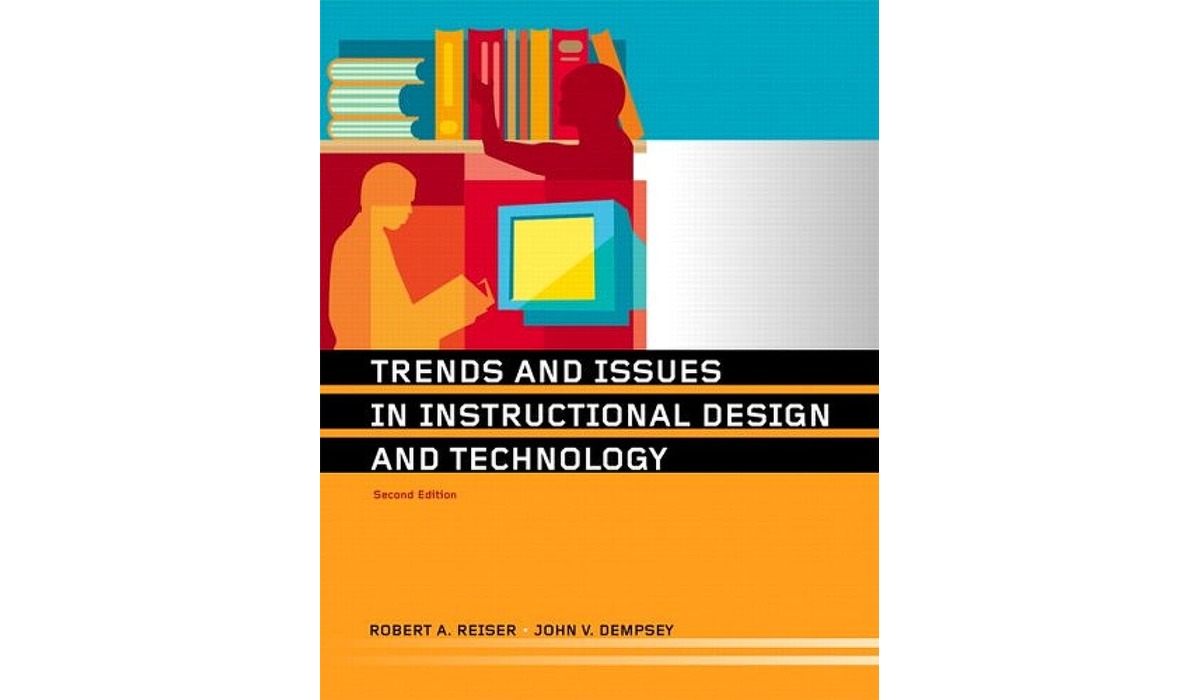
Accessibility and inclusive design in education are crucial for creating learning environments that cater to the diverse needs of all students. This involves ensuring that learning materials, technologies, and instructional practices are accessible to students with disabilities and those from diverse cultural backgrounds.
Challenges in Designing Accessible Learning Materials
Designing accessible learning materials for students with disabilities presents several challenges. These include:
- Lack of awareness and training: Many educators lack the knowledge and training to design accessible materials.
- Time and resource constraints: Educators may face limited time and resources to adapt existing materials or create new ones.
- Complexities of different disabilities: Different disabilities require unique accommodations, making it challenging to create materials that meet everyone’s needs.
- Limited accessibility features in digital tools: Many commonly used digital tools lack built-in accessibility features, requiring educators to find and implement alternative solutions.
Strategies for Designing Accessible Learning Materials
Several strategies can be employed to overcome these challenges and create accessible learning materials. These include:
- Use clear and concise language: Avoid jargon and complex sentence structures.
- Provide alternative formats: Offer materials in various formats, such as audio recordings, transcripts, and braille.
- Use high-contrast colors and fonts: Ensure text and images are easily visible to students with visual impairments.
- Include captions and transcripts for videos: This ensures that students with hearing impairments can access the content.
- Provide clear navigation and structure: Make it easy for students to find information and navigate through the learning materials.
Assistive Technologies for Enhanced Accessibility in Online Learning
Assistive technologies play a vital role in enhancing accessibility in online learning environments. These technologies can help students with disabilities overcome specific challenges and participate fully in learning activities.
- Screen readers: Software that reads digital text aloud, allowing students with visual impairments to access online content.
- Text-to-speech software: Converts written text into spoken words, enabling students with reading difficulties to access information.
- Speech recognition software: Allows students to control their computer or device using voice commands, benefiting students with motor impairments.
- Closed captioning software: Provides real-time captions for video and audio content, enhancing accessibility for students with hearing impairments.
- Alternative input devices: Such as touch screens, eye-tracking devices, and adaptive keyboards, provide alternative ways for students with physical disabilities to interact with technology.
Importance of Culturally Responsive Design in Inclusive Learning Experiences
Culturally responsive design is essential for creating inclusive learning experiences that respect and value the diverse cultural backgrounds of all students.
- Reflecting diverse cultures in learning materials: Using examples, stories, and representations that are relevant to students’ cultural backgrounds can enhance engagement and understanding.
- Addressing cultural biases: Recognizing and addressing potential biases in learning materials can ensure that all students feel respected and included.
- Promoting culturally responsive pedagogy: Educators should use teaching methods that acknowledge and build upon students’ cultural experiences and perspectives.
Assessment and Evaluation in Digital Learning Environments
Assessment and evaluation are crucial aspects of any educational program, and this is particularly true in the context of digital learning environments. Digital learning offers unique opportunities for innovative assessment strategies, but it also presents challenges that require careful consideration. This section explores the role of formative and summative assessments in online learning, Artikels a design strategy for utilizing various digital tools and methods, and discusses best practices for providing meaningful feedback to students in online courses.
Formative and Summative Assessments in Online Learning
Formative and summative assessments play distinct roles in online learning. Formative assessments, conducted throughout the learning process, aim to monitor student progress and identify areas needing improvement. Summative assessments, typically administered at the end of a module or course, evaluate student learning and provide a final measure of achievement.
- Formative Assessments: Formative assessments in online learning can take various forms, including quizzes, self-assessments, discussion forums, and online surveys. These assessments provide valuable insights into student understanding, allowing instructors to adjust teaching strategies and provide timely support. For example, instructors can use online quizzes to assess student comprehension of key concepts and identify areas where further explanation or practice is needed. Discussion forums can encourage active participation and allow students to demonstrate their understanding through peer-to-peer interactions.
- Summative Assessments: Summative assessments in online learning often include traditional methods like exams and essays, but they can also incorporate more innovative approaches, such as project-based learning, simulations, and online portfolios. These assessments provide a comprehensive evaluation of student learning outcomes and can demonstrate their ability to apply knowledge and skills in real-world contexts. For instance, an online portfolio can showcase a student’s progress over time, highlighting their strengths and areas for improvement.
Designing an Assessment Strategy Using Digital Tools and Methods
Designing an effective assessment strategy for online learning requires a thoughtful approach that considers the learning objectives, student needs, and available technology. This section Artikels a comprehensive assessment strategy that leverages a variety of digital tools and methods.
- Learning Objectives: Clearly define the learning objectives for each module or course. This step ensures that all assessments are aligned with the intended outcomes and provide a clear measure of student achievement. For example, if a learning objective is to “analyze the impact of social media on communication,” the assessment should measure students’ ability to analyze and interpret data related to this topic.
- Variety of Assessment Methods: Utilize a variety of assessment methods to cater to different learning styles and provide a comprehensive evaluation of student learning. This can include traditional methods like quizzes and essays, as well as more innovative approaches like online simulations, interactive games, and peer assessments.
- Digital Tools: Leverage digital tools to enhance assessment efficiency and effectiveness. For example, online quiz platforms can automate grading and provide immediate feedback to students. Learning management systems (LMS) can facilitate online discussions, peer assessments, and the submission and grading of assignments.
- Accessibility and Inclusivity: Ensure that all assessments are accessible to all students, regardless of their abilities or disabilities. Consider using alternative formats for assessments, such as audio or video recordings, and provide appropriate accommodations for students with disabilities.
Providing Meaningful Feedback in Online Courses
Providing meaningful feedback is crucial for student learning and motivation in online courses. Effective feedback should be timely, specific, and constructive, providing students with clear guidance on how to improve their work.
- Timely Feedback: Provide feedback to students as soon as possible after they submit their work. This allows students to learn from their mistakes and make necessary adjustments before moving on to the next module or assignment.
- Specific Feedback: Avoid generic or vague feedback that does not provide students with specific guidance on how to improve. Instead, focus on specific strengths and weaknesses in their work, providing concrete examples to support your observations.
- Constructive Feedback: Focus on providing feedback that is constructive and encouraging, rather than critical or negative. This helps to build student confidence and motivate them to continue learning.
- Multiple Feedback Channels: Use multiple feedback channels to reach all students effectively. This can include written feedback on assignments, online discussions, and individual meetings via video conferencing or email.
The Future of AI Design and Technology: Trends And Issues In Instructional Design And Technology
The realm of educational technology is constantly evolving, with artificial intelligence (AI) poised to play an increasingly significant role in shaping the future of teaching and learning. AI-powered tools and applications are already transforming various aspects of education, from personalized learning experiences to automated assessment and feedback. As AI technology continues to advance, we can expect to see even more transformative applications emerge, impacting both the way educators teach and students learn.
Emerging Trends in Educational Technology
The rise of AI in education is driven by several emerging trends that hold immense potential for transforming teaching and learning. These trends are shaping the landscape of educational technology and influencing the way we approach instruction, assessment, and student support.
- Personalized Learning: AI-powered adaptive learning platforms are becoming increasingly sophisticated, tailoring educational content and pacing to individual student needs. These platforms use algorithms to analyze student data, identify strengths and weaknesses, and provide personalized recommendations and interventions. This personalized approach to learning can help students learn at their own pace, maximize their potential, and achieve better learning outcomes.
- Virtual Reality and Augmented Reality: VR and AR technologies are emerging as powerful tools for immersive learning experiences. By creating simulated environments and overlaying digital information onto the real world, VR and AR can enhance engagement, promote active learning, and provide hands-on experiences that might be impractical or impossible in traditional classrooms. This technology can be used to teach subjects like history, science, and even vocational skills in a more engaging and interactive way.
- AI-Powered Tutoring: AI-powered tutors can provide personalized support and guidance to students, offering real-time feedback and adaptive instruction. These virtual tutors can answer questions, provide explanations, and help students work through challenging concepts. AI-powered tutoring systems can provide 24/7 support, making learning more accessible and flexible for students.
- Automated Assessment: AI can be used to automate the process of grading and providing feedback on student work. This can free up teachers’ time to focus on more personalized instruction and student engagement. AI-powered assessment tools can analyze student responses, identify areas for improvement, and provide personalized feedback that can help students learn from their mistakes and improve their understanding.
- Predictive Analytics: AI can be used to analyze student data and identify students who are at risk of falling behind or dropping out. This information can be used to provide targeted interventions and support to help students stay on track and succeed. Predictive analytics can also help educators understand the factors that contribute to student success and develop strategies to improve overall learning outcomes.
Key Challenges and Opportunities
The integration of AI in education presents both challenges and opportunities for educators and learners alike. It is crucial to address these challenges effectively and leverage the opportunities to maximize the potential of AI in education.
- Data Privacy and Security: The use of AI in education raises concerns about data privacy and security. It is essential to ensure that student data is collected and used responsibly and ethically. Robust data privacy policies and security measures must be in place to protect student information from unauthorized access and misuse. Clear guidelines and regulations are needed to govern the collection, use, and sharing of student data in AI-powered educational systems.
- Bias and Fairness: AI algorithms can perpetuate and amplify existing biases if they are trained on biased data. It is crucial to ensure that AI systems used in education are fair and equitable, providing equal opportunities for all students. This requires careful consideration of the data used to train AI algorithms and ongoing monitoring to identify and address potential biases. Transparency in AI algorithms is also essential to understand how they work and ensure fairness.
- Teacher Training and Professional Development: Educators need to be equipped with the knowledge and skills to effectively integrate AI into their teaching practices. This requires ongoing professional development opportunities to help teachers understand the potential of AI, learn how to use AI tools effectively, and develop strategies for incorporating AI into their teaching. Training should focus on pedagogical considerations, ethical implications, and practical applications of AI in the classroom.
- Access and Equity: AI-powered educational tools and resources should be accessible to all students, regardless of their background or socioeconomic status. Ensuring equitable access to these technologies is essential to avoid exacerbating existing educational inequalities. This requires addressing issues such as digital divide, affordability, and technical support to ensure that all students have the opportunity to benefit from AI-powered learning experiences.
- Human-Centered Design: The design and implementation of AI-powered educational systems should be human-centered, prioritizing the needs and experiences of learners and educators. This means involving teachers and students in the design process, ensuring that AI tools are user-friendly, and providing adequate support and guidance to help learners navigate and utilize these technologies effectively. Human-centered design principles can help ensure that AI tools are effective and engaging for all learners.
Ethical Considerations
The use of AI in education raises important ethical considerations that must be addressed carefully. These considerations are crucial to ensure that AI is used responsibly and ethically to enhance learning and promote equity in education.
- Student Privacy: The collection and use of student data in AI-powered educational systems raise concerns about student privacy. It is essential to ensure that student data is collected and used responsibly and ethically, with appropriate safeguards in place to protect student information from unauthorized access and misuse. Clear guidelines and regulations are needed to govern the collection, use, and sharing of student data in AI-powered educational systems.
- Algorithmic Bias: AI algorithms can perpetuate and amplify existing biases if they are trained on biased data. It is crucial to ensure that AI systems used in education are fair and equitable, providing equal opportunities for all students. This requires careful consideration of the data used to train AI algorithms and ongoing monitoring to identify and address potential biases. Transparency in AI algorithms is also essential to understand how they work and ensure fairness.
- Teacher Autonomy: The use of AI in education should not undermine the role of teachers or diminish their autonomy. AI tools should be designed to support and enhance teaching practices, not replace teachers. Educators should have the flexibility to use AI tools in ways that align with their pedagogical approaches and the needs of their students.
- Human Connection: It is essential to ensure that AI does not replace human interaction and connection in education. AI tools should be designed to complement, not replace, the role of teachers and the importance of human interaction in the learning process. Education should foster social and emotional development, and AI should not undermine these important aspects of learning.
Ending Remarks
As we navigate the ever-changing world of instructional design and technology, it’s essential to embrace innovation, adapt to new trends, and prioritize the needs of learners. By understanding the trends and issues discussed here, educators and instructional designers can equip themselves with the knowledge and skills to create engaging, effective, and accessible learning experiences for all.
Trends and issues in instructional design and technology are constantly evolving, driven by advancements in fields like digital info technology. The integration of AI, VR, and personalized learning platforms are just a few examples of how technology is transforming the learning landscape.
Understanding these trends is crucial for educators and designers to create effective and engaging learning experiences that cater to the needs of diverse learners.


